Poem – Crashing Waves and Images from the Waterford coast line ….
Crashing Waves
Coming through the dreaming and the real years
I will be the waves and you will be a strange shore
I shall roll on and on, and break upon your lap with laughter
And no one in the world will know where we both are.
I will be like the breeze on the ocean waves
Drinking from the breasts of the ocean deep
Dew from the glistening morning weep
And each of its longing that daybreak craves.
From side to side grows each tubular wave
Each thinking that they catch me in its worth
They allow me to completely forget
What hour comes after this instant in time.
For painful is the oceans every wave
As it doesn’t let me to sit in peace
For the days which I have taken as lease
Are passing by and leaving me alone.
Weeping clouds drifting its moments in tears
I turn to face the dark black sea to mourn
From where I find no water to save
My soul from the sound of crashing waves.
Only in my illusory freedom amidst the universal chorus
The sun shining moods that flows around its spell
Why do human souls not sing as does the sea
Why does the east wind sigh?
From the earth up to the highest stars
Unanswered is my question to this very day
A voice lamenting in the wilderness
Leaves my soul protesting despairingly.
Connemara, Co. Galway, Ireland – The Landscape of Poetry – Poems by Mary O’Malley
Connemara, Co. Galway
Mary O’Malley is truly the person who has written Connemara, her writing laced with the fierce beauty of the landscape, and the sounds of the sea. In ‘Porpoises’ she sends our minds out to sea from the most westerly point of the county:
The sky is close.
Out from the once manned rock
White electric light
Arcs over the Water
Difficult not to agree with her when she states that the sea is “just the place from which all things make sense”.
Pierce Hutchinson, also writing on Connemara, said:
There are chinks between
the neat stones to let the wind through safe,
You can see the blue sun through them.
But coming eastward in the same county,
the walls grow higher, dark grey;
an ugly grey. And the chinks disappear:
through those walls you can see nothing.
Perhaps our poetic landscapes remind us of that – to keep our hearts alert for experiences of water, wind and wonder.
The last Train home before it gets dark, Berlin’s Stadtbahn, November 2018
I have spent many years now living in the Irish countryside , so I just loved being in Berlin! the train system is just amazing, you never have to wait more than ten minutes before the next train arrives 🙂 , you can get a weekly ticket and train hop all day.
The Berlin Stadtbahn was the most fun as it sits above the city streets and offers amazing views ….
History and details
The Berlin Stadtbahn (“city railway”) is a major railway thoroughfare in the German capital Berlin, which runs through Berlin from east to west. It connects the eastern district of Friedrichshain with Charlottenburg in the west via 11 intermediate stations including Hauptbahnhof. The Berlin Stadtbahn is often also defined as the slightly longer route between Ostkreuz and Westkreuz, although this is not technically correct.
Memorial to the Murdered Jews of Europe, Images without words …….
The legend of the Miller of Sanssouci, The WindMill of Sanssouci, November 2018
The windmill at Sanssouci, Potsdam is simply one of the best restored windmills in Germany, Potsdam was the home of the Prussian royal family and as such this windmill like many of the buildings located in and around the city are nothing other than the best of examples in German, even the world, architecture.
History of the Wind Mill
In 1736 the soldier king, Frederick William I of Prussia, gave permission for the construction of a windmill, which was started in 1737. This first windmill, completed in 1738, was a post mill, whose entire superstructure, supported on a wooden post, was turned “into the wind” depending on the wind direction. The first mill and actual Historic Mill was thus older than the nearby summer palace, built in the years 1745 to 1747 for Frederick the Great.
The legend of the Miller of Sanssouci
The legend of the Miller of Sanssouci first appeared in 1787 in a French book about the life of Frederick the Great (Vie de Frédéric II by an anonymous author) and in a watered-down form one year later in Germany.
The legend goes that Frederick the Great was being disturbed by the clatter of the mill sails and offered to buy the mill from its miller, Johann William Grävenitz. When he refused, the king is supposed to have threatened: “Does he not know that I can take the mill away from him by virtue of my royal power without paying one groschen for it?” Whereupon the miller is supposed to have replied: “Of course, your majesty, your majesty could easily do that, if – begging your pardon – it were not for the Supreme Court in Berlin.”
The mill in June 2009
This is only a legend. According to Frederick the Great the mill underscored the rural character of his summer palace and said “that, … the mill is an ornament for the palace.” The miller was reportedly a difficult man, who cheated the local farmers over their flour and constantly pestered the king with petitions. At least one of these petitions was heard by Frederick II. Grävenitz pointed to the fact that, as a result of the construction of the palace, the post mill no longer stood in the open, but was partly shielded from the wind. So he demanded that the king let him build the mill in another site and to pay him for it. Frederick II acceded to this, with the result that, shortly thereafter, the wily Grävenitz was the proud possessor of two mills thanks to the king’s grace, until he eventually resold the old mill.
View from the Erlöser Church
In 1768 there was a legal dispute at another location over water rights and the remaining lease between Christian Arnold, the tenant of a mill in Pommerzig in the Neumark, and his landlord, the Count of Schmettau. After the miller was found guilty on two accounts, he appealed to Frederick the Great, who intervened in the ongoing proceedings in favour of the miller. Wrongly, as it turned out later. The king referred the case to the Berlin Court of Appeal, who once again ruled against the miller. Frederick the Great, then demanded a condemnation of the judges and their imprisonment in Spandau Citadel for their unjust judgments and thus precipitated an abuse of his name.
This legal battle and the story of the Sanssouci miller were woven together in the legend and were intended to emphasize the king’s justice towards all his subjects. After the death of Frederick the Great, the case was reopened. His nephew and successor, Frederick William II decided in a compromise that “… the Miller Arnold case … should be viewed as the consequence of a mistake, whereby the praiseworthy judicial zeal of our royal uncle, who rests in God, was misled by incomplete, inadequate reporting of the true situation by badly informed and preoccupied [biased] people.”
In the years that followed there continued to be disputes between the reigning kings and the millers for different reasons.
Post cards from Berlin , Sunrise over the Chancellery, November 2018
The Federal Chancellery (German: Bundeskanzleramt) in Berlin is the official seat and residence of the Chancellor of Germany as well as their executive office, the German Chancellery. As part of the move of the German Federal Government from Bonn to Berlin, the office moved into the new building planned by the architects Axel Schultes [de] and Charlotte Frank. The building is part of the ″Federal Belt″ (Band des Bundes [de]) called assembly in the Spreebogen [de], Willy-Brandt-Straße 1, 10557 Berlin. more……
Reflections of the past , Berlin’s Memorial to the Sinti and Roma Victims of The Nazi’s
One of the most moving things about a visit to Berlin is just how many public locations have been dedicated to the unavoidable history of Germany. Memorials to the victims of the first and second world wars along with the cold war are located all around the city and they are free to visit and open to all.
Germany is not hiding from its past or running away from it, they welcome both inquiry and then knowledge!
It is a true credit to newer generations that they have made sure that so many victims of what was only a selective group of German people, are remembered into the future in this way.
The Memorial to the Sinti and Roma Victims is located just across the road from the Reichstag building, the German government buildings. It is peaceful place erected in 2012. When you enter the garden you are greeted by musical tones playing from the trees around you, this experience allows you time to stop and remember so many souls that were removed from life , rejected as people not wanted, not perfect and killed for just being from a different social background,location or belief.
The establishment of a permanent memorial to Sinti and Roma victims of the Nazi regime was a long-standing demand of the Central Council of German Sinti and Roma and the German Sinti Alliance. In 1992 the Federal Government agreed to build a monument but the memorial faced years of delay and disputes over its design and location.
The city of Berlin initially wanted to place it in the less prominent district of Marzahn, where hundreds of Roma and Sinti were held in terrible conditions from 1936. In 2001 it was agreed to site it in the Tiergarten close to other Holocaust memorials but work did not officially commence until 19 December 2008, the commemoration day for victims of the Porajmos. The memorial was completed at a cost of 2.8 million euros and unveiled by Angela Merkel on 24 October 2012.
30 years since the fall of the Berlin wall, from a city divided to the city of freedom
Berlin From the divided to the city of freedom
When you visit Berlin you simply cannot escape from German and European history and the History of the Berlin wall is still a part of Berlin just as much as so any of the events that go into shaping this great European city.
This November 2019, the Berlin Wall is celebrating the 30th anniversary of its fall. On the occasion a large number of events took place in Berlin dealing with topics such as reunification, the construction of the Berlin Wall, the division of the world during the Cold War, the overcoming of the Wall by the Peaceful Revolution of 1989.
I travelled to Berlin last week and spend a week in the city during many of these events.
These are just some of the pictures I took that show the Berlin wall today as it is conserved for the many generations in Berlin and the world to visit in the future.
Events dealing with the history of division, the struggle for freedom and the process of reunification took place not only in the run-up to and around November but from the start of 2018.
November in Berlin, Potsdamer Platz
I have just returned from a weeks visit in Berlin in Germany, What a wonderful city full of life and history. It will take me a while to readjust to life back at home and to go through all the photos I took but I am in love with Germany and Berlin. The culture here is amazing and the history just fascinating, I fell that the entire experience was a study of European history from art to politics.
These two pictures were taken the very first night and show the business area of Potadamer Platz, around rush hour time.
There is a one hours difference between Berlin and Kilkenny and it was already getting dark around 4:30pm
Clyde puffer the Vital Spark at Inveraray – To Exiles, Neil Munro (1864 – 1930)
Neil Munro (1864 – 1930) was born in Inveraray and worked as a journalist on various Scottish newspapers. He wrote a number of historical novels but is best known for his humorous stories about the fictional Clyde puffer the Vital Spark and her captain Para Handy, written under the pen name of Hugh Foulis.
Although Neil Munro didn’t emigrate any further than Glasgow, his background (his grandmother was from a Gaelic-speaking part of the Highlands) would have given him an insight into emigration and what it felt like to be an exile. This poem is written more from the perspective of someone who stayed behind.
To Exiles
Are you not weary in your distant places,
Far, far from Scotland of the mist and storm,
In drowsy airs, the sun-smite on your faces,
The days so long and warm?
When all around you lie the strange fields sleeping,
The dreary woods where no fond memories roam,
Do not your sad hearts over seas come leaping
To the highlands and the lowlands of your Home?
Wild cries the Winter, loud through all our valleys
The midnights roar, the grey noons echo back;
About the scalloped coasts the eager galleys
Beat for kind harbours from horizons black:
We tread the miry roads, the rain-drenched heather,
We are the men, we battle, we endure!
God’s pity for you people in your weather
Of swooning winds, calm seas, and skies demure!
Let torrents pour then, let the great winds rally,
Snow-silence fall, or lightning blast the pine;
That light of Home shines warmly in the valley,
And, exiled son of Scotland, it is thine.
Far have you wandered over seas of longing,
And now you drowse, and now you well may weep,
When all the recollections come a-thronging
Of this old country where your fathers sleep.
They sleep, but still the hearth is warmly glowing,
While the wild Winter blusters round their land:
That light of Home, the wind so bitter blowing
Look, look and listen, do you understand?
Love, strength, and tempest-oh, come back and share them!
Here is the cottage, here the open door;
Fond are our hearts although we do not bare them,
– They’re yours, and you are ours for evermore.
Ireland’s Historic Buildings : Pearse’s Cottage (Teach an Phiarsaigh),Rosmuc, County Galway
Patrick Henry Pearse (also known as Pádraig or Pádraic Pearse; Irish: Pádraig Anraí Mac Piarais; An Piarsach) was born in Dublin on the 10th of November 1879 and he died in Kilmainham Gaol(Jail), county Dublin on the 3rd of May 1916. He was primarily an Irish teacher but was also a great barrister, poet, writer and original Irish nationalist. He was one of the leaders of the Easter Rising in 1916. Following his execution along with fifteen others, Pearse came to be seen by many as the embodiment of the rebellion.
Patrick Pearse’s Cottage at Ros Muc, county Galway in the heart of the Conamara Gaeltacht, ( an Irish speaking and strongly Irish cultural area) was used by Patrick Pearse (1879 – 1916), while he spent time teaching and marking students papers.
The cottage and its interior, although burned during the War of Independence, has been perfectly reconstructed and contains an exhibition and a number of momentous of Pearse’s life.
The cottage was Pearse’s summer residence between 1903 and 1915. It was also as a summer school for his pupils from St Enda’s in Dublin where he worked during the main Academic year.
The historic cottage, has been developed as a national monument and tourist attraction as part of the 1916 centenary commemorations; and is a key ‘discovery point’ on the Wild Atlantic Way route.
I was lucky enough to visit the cottage last week and enjoyed my time here very much, the staff helped greatly when it came to understanding the life of this great Irish man and his time spent here.
If your in county Galway, you just have to call in and spend some valuable time here !
Pearse’s Cottage (Teach an Phiarsaigh), County Galway, Gallery
Images from the top of “The Reek” “Croagh Patrick”
This time last week during a weeks holiday to both counties Sligo and Mayo, in the norths west of Ireland, we hiked up Croagh Patrick or “The reek” as locals know of it. This mountain is one of Irelands Highest peeks and is most famous for being climbed by pilgrims on Reek Sunday every year, which is the last Sunday of each July. On this Sunday, thousands of pilgrims climb Croagh Patrick in honor of Saint Patrick who, according to tradition, fasted and prayed on the summit for forty days in the year 441.
It has been a personal aim to walk the peeks of a list of mountains in Ireland for a couple of years and “The Reek” is just one of these mountains to hike in the next couple of years.
The weather on the day was perfect and we started our walk about Midday having driven some 80km to the main car park used to start the hike. The start of the walk is good, being flat for a while and then only slowly rising in level, so you get a little time to warmup before the main slopes higher up the mountain side. Once you hike the first slopes the path levels off for a while until you come to the bottom of the main peek.
I really enjoyed this hike, its hard – no getting away from that fact but when you do finally get to the top the views are amazing, you can see most of county Mayo and well into county Sligo from here. there is a step that surrounds a small chapel that you can sit on to eat and have something to drink. We rested here for about 10 mins before walking around the top of the peek.
As you can see these images below are mostly taken at the top, when I finally go to open my bag and get my camera out. As I said you truly feel on top of the world here, this point is some 764 metres (2,507 ft) above sea level, not the highest mountain in the country by about 250 meters but here you start your walk at sea level so it could well be the highest distance you have to walk to get to the top…..
I will let these images do the rest of the talking for me other than to say , this is one of the most enjoyable walks of my life and I cannot wait to walk more Irish mountains in the months yo come ..
Croagh Patrick, County Mayo, A gallery
Irish Landscapes – Suir Valley, County Tipperary, call of the far away hills
Shadows fall on the Valley
Day is done and the sun
Is slowly fading out of sight
I can hear, oh, so clear
A call that echoes in the night
Yes, I hear sweet and clear
The call of the faraway hills
There’s no rest on the Valley
There’s no rest for a restless soul
That just was born to roam
Who can say, maybe way out there
My heart may find a home
And I hear sweet and clear
The call of the faraway hills
There are trails I’ve never seen
And my dreams are getting old
And beyond the sunset
There are brand new paths
When a new dream or two
May just be one star away
I must obey the call of the faraway hills
Irish Landscapes, Baylough (Bay Lough) The Vee,Knockmealdown Mountains, County Waterford, Ireland
Bay Lough is the famous Corrie Lake in the side of Knockaunabulloga, part of the Knockmealdown Mountain range.
Bay Lough and its surrounds is a strong favourite with hill walkers and recreational walkers of all sorts. The walk to the lake from the car park is not too difficult and suitable for family outings. On any fine day you will see hundreds of walkers making the trip to the lake and walking to its furthest point (it is only possible to walk about half way around, the photo to your left is taken at the most distant point to which you can walk).
The name Bay Lough (or Baylough) is only tentatively connected to the lake. It is thought the name derives from an Anglicisation of the Irish word ‘bealach’ (pronounced ‘ba-lock’) which means ‘pass’ or ‘way’. Those mapping the area, who would have been English, no doubt presumed the word ‘bealach’ referred to the lough in the mountain. You’ll find this type of mistaken Anglicisation of place names all around Ireland for the same reason.
Bay Lough is located close to the hightest point of the pass in the Knockmealdown Mountains from Waterford to Tipperary and was along the regular roadway used for this journey. It is thought this path dates back to St. Declan, who travelled from Ardmore to Cashel along the route. You can still walk along St. Declan’s Way also known as Rian Bó Phadraig. It is popular with hikers who want to experience the historical heritage as well as the beauty of the area. The road from the car park to the lake, which can be continued past the lake and on to Mount Anglesby, was in fact the main road from Cappoquin and Lismore to Clogheen before the current road, going by the Vee, was constructed in the early nineteenth century. This old road is known locally as ‘the Soldiers Path’ and is now a forestry path. It is part of a number of spectacular walks around Bay Lough, see the Walks page for more information on these.
This area is a wonderful (and totally free) resource for locals and visitors alike. Should you wish to visit the lake it is most easily accessible from a car park on the Waterford side of the lake – this is the Loc8 Code for the lake –YZS-26-53G – just be aware that you can only drive as far as this Parking Area.
The lake has a strong historical significance both in South Tipperary and West Waterford. In local folklore it is famed as the lake to which Petticoat Loose was banished for all time, ordered to empty it with a thimble.
It is also widely held that the lake is ‘bottomless’ and that it is not possible to swim across it, despite its rather modest proportions.
Kilcooley Abbey, County Tipperary. The silence of the Abbey in the field.
Kilcooley abbey is located near the town of Thurles in county Tipperary, it was founded by the Cistercians in 1182AD when the lands were granted to them by Donal Mor O’Brien. It became one of the three great Abbeys in the local area, the other two being Jerpoint and Holy Cross.
It would have been in use at least until the dissolution of Abbeys in the 1500’s and it now sits hidden away on the lands of the Kilcooley estate.
I always love visiting this abbey as its one of the most peaceful of places you could wish of, surrounded by woodlands and farms, very little sound from the modern world penetrates the field its located in. As such you can sense the times when this abbey was first lived in and used on a daily basis as a refuge and place of worship for the Cistercian monks who would have lived here.
If there are such things a Ghosts then how could they not be found still living within and around the grounds of this great Abbey.
Meeting of the Waters, Killarney National park and lakes , County Kerry, Ireland
As the name implies the Meeting of the waters is where Killarney’s famous lakes converge. The Upper lake, Middle Lake (also known as Muckross Lake) and Lower Lake (Lough Leane) all come together at this beautiful spot. It is a little haven of tranquility and can only be reached by foot or bicycle. Also found in this area are Dinis cottage and “The Old Weir Bridge”.
The easiest way to reach the spot is by walking along the well signposted path from Muckross House for approximately 5km or if you don’t feel that energetic then approx one mile beyond Torc Waterfall (direction Kenmare) there is a parking spot on the right hand side of the road. Dinis cottage is signposted from here and the cottage and “the meetings of the waters” is a 15 minute walk from here. Its definitely worth the walk on a fine day.
Weekend visits : Emo Court House & Gardens, County Laois, Ireland
Emo Court is one of Ireland treasures and it is a location I have visited more than once over the years. Its a great place to visit on a weekend with its great walks through the wooded grounds along with a tour into the house and finally a visit to the cafe afterwards for a cake and a cup of tea ….
Emo Court House is a neo-classical mansion in County Laois that attracts visitors from all over the country and beyond. Designed by noted architect James Gandon, it features magnificent gardens and is located just 2.5 km from Emo village and 7 km from Portarlington Railway Station.
Designed in 1790 for the Earls of Portarlington, Emo Court House is a magnificent example of the neo-classical style. After some periods of lying empty, it was acquired by the Jesuits in the middle of the 20th century. Functional renovations were made to the estate before it was sold to Major Cholmeley Harrison, a former London stockbroker, in the 1960s.
Cholmeley Harrison’s vision was to restore Emo Court House to its former glory and today the results of his efforts are obvious. Leading London architect Sir Albert Richardson was commissioned to take on the restoration of the house which remained a private residence, though the public were encouraged to enjoy the gardens for a small entrance fee.
In 1994 Cholmeley Harrison presented Emo Court House to the people of Ireland, continuing to live there in private apartments until his death in 2008. Staff of the Office of Public Works (OPW) now care for the estate and preserve its stately elegance for modern visitors.
Visit Emo Court House to enjoy the beautiful gardens and parklands which were first laid out in the 18th century, containing formal lawns and a lake. Walks through the woodland are a popular way to explore the beautiful grounds.
The Cupcake Café at Emo Court House offers lunch and is open every day from 1 February to 31 October. From 1 November to 31 January it’s open on Saturdays and Sundays. Groups are welcomed at Emo Court House, but booking is required.
Emo Court A Gallery
County Kilkenny by cycle, Taking the high road to the Slieveardagh hills ….
This weekend on Saturday morning, 12th May 2018 and I achieved one of my cycling aims for 2018, cycling all the way up to what well could be the highest road (at some 333 meters) in county Kilkenny, in the Slieveardagh hills at Blanchfields bog, with its wind farm of Ballybay.
There are some stunning views of county Kilkenny and Tipperary from here and on Saturday the weather was perfect, It was just a great feeling after some weeks of lower level cycling, to get ready.

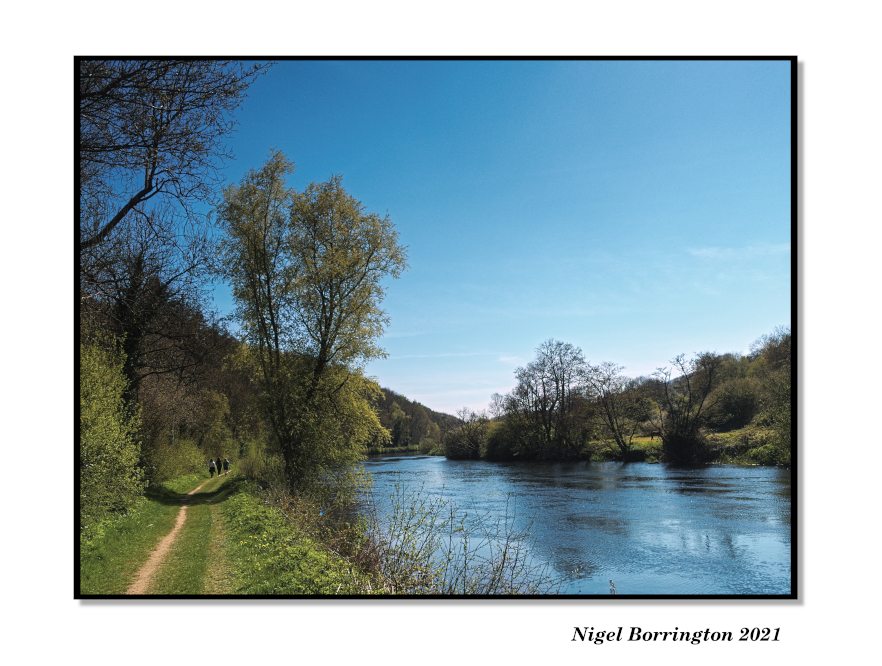





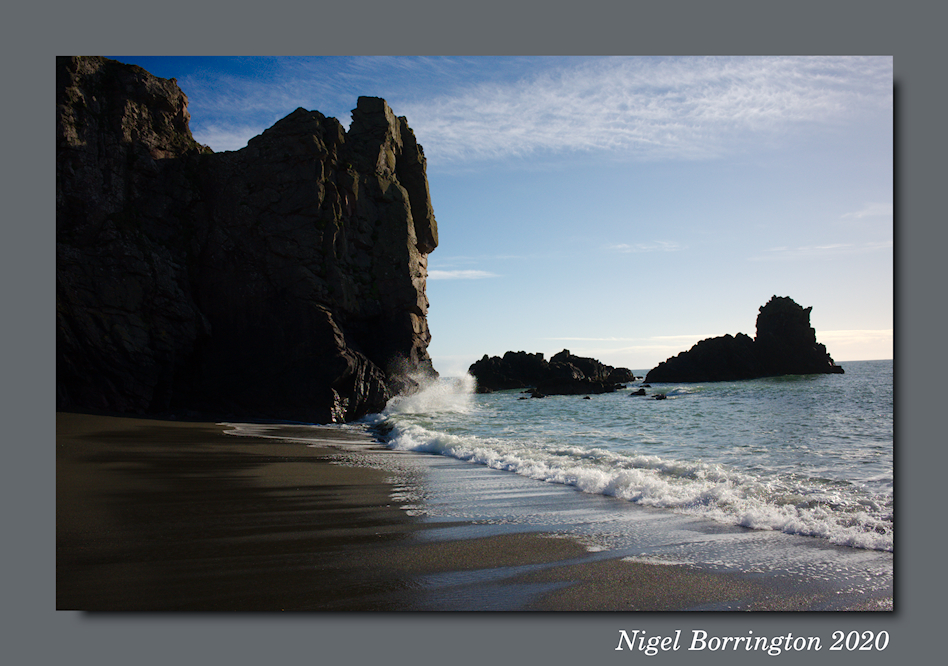
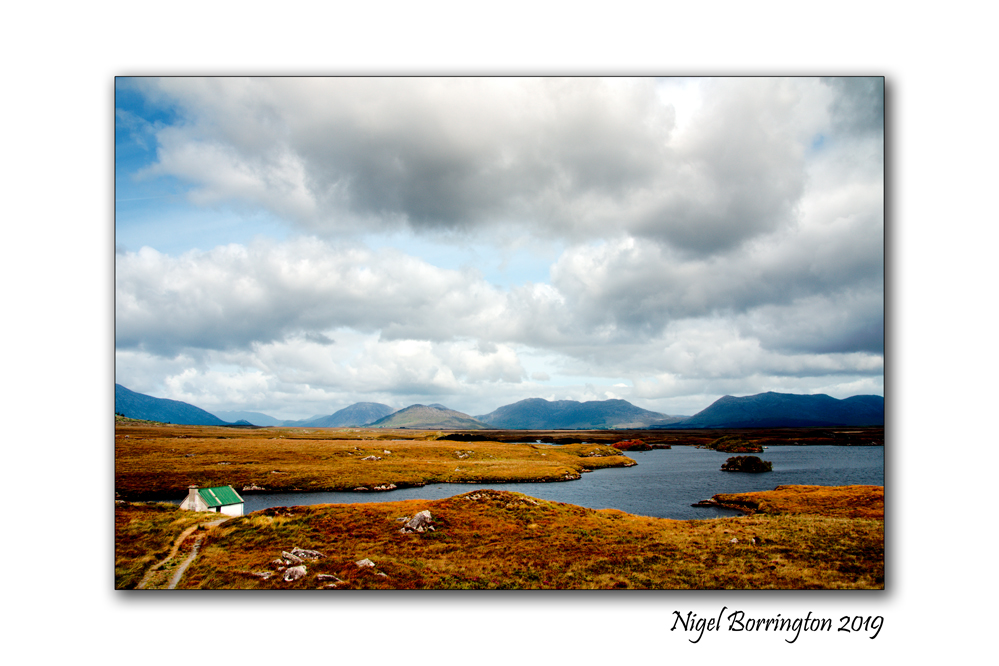
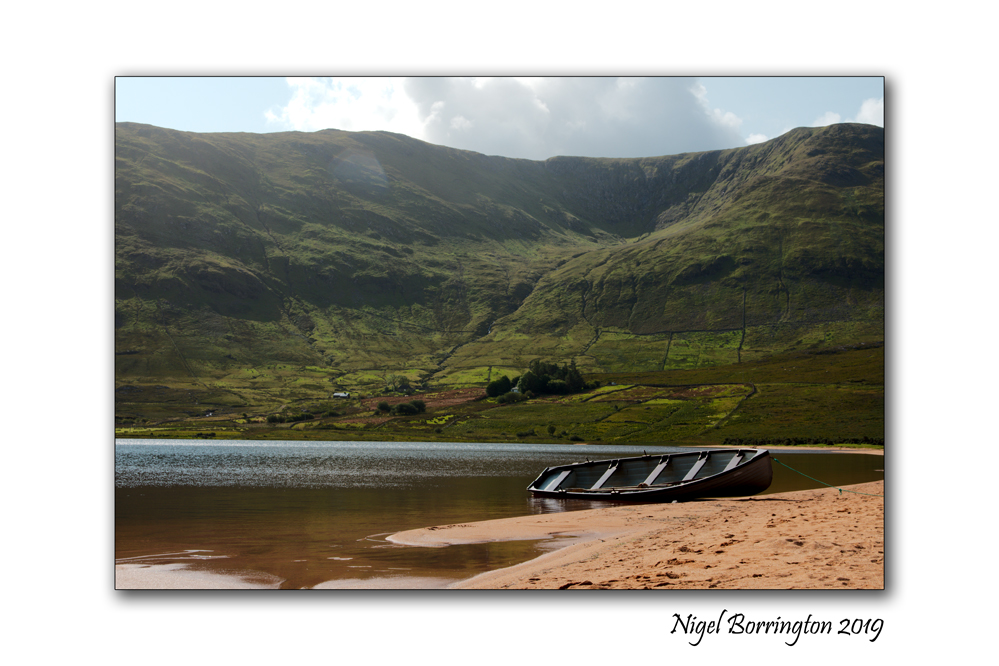


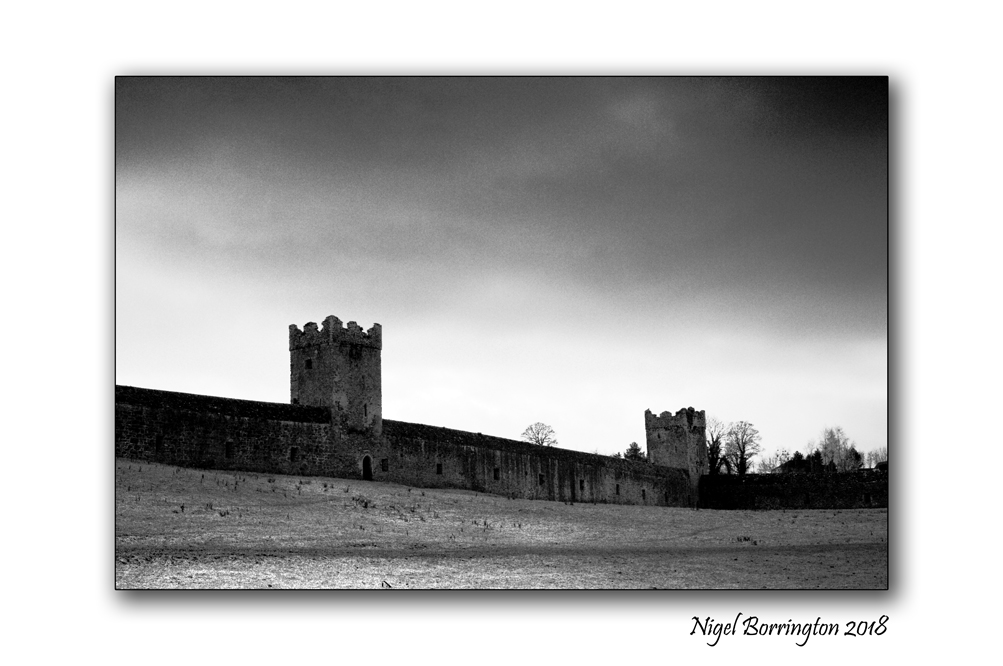
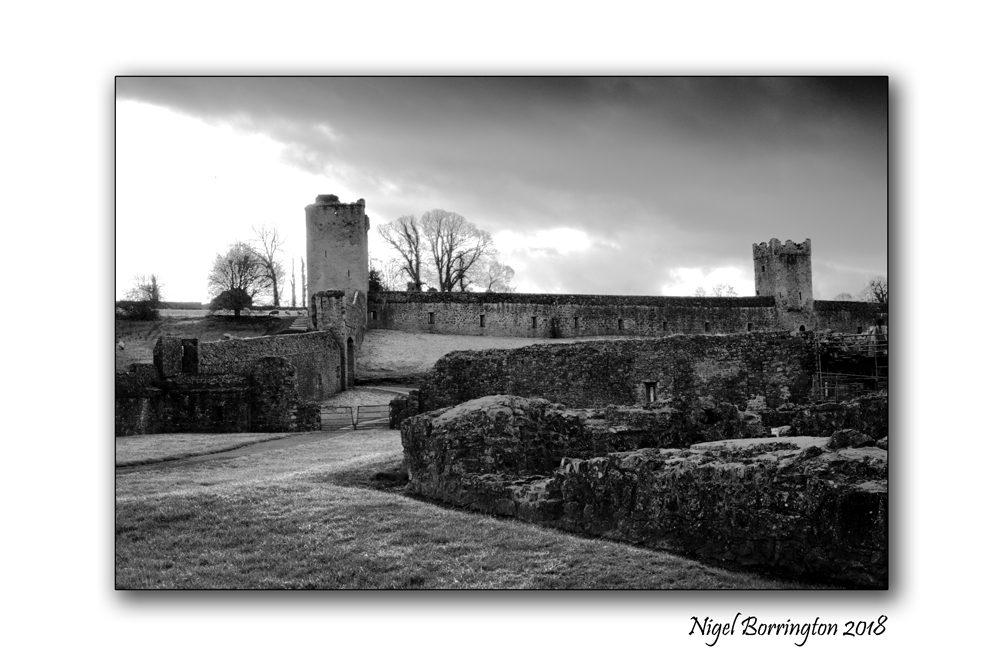
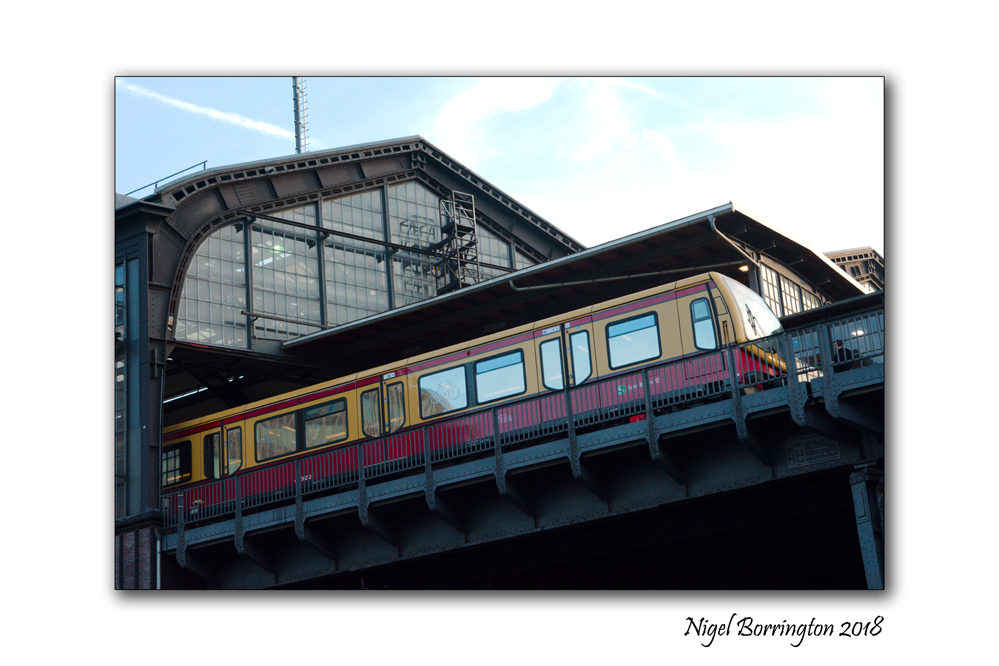



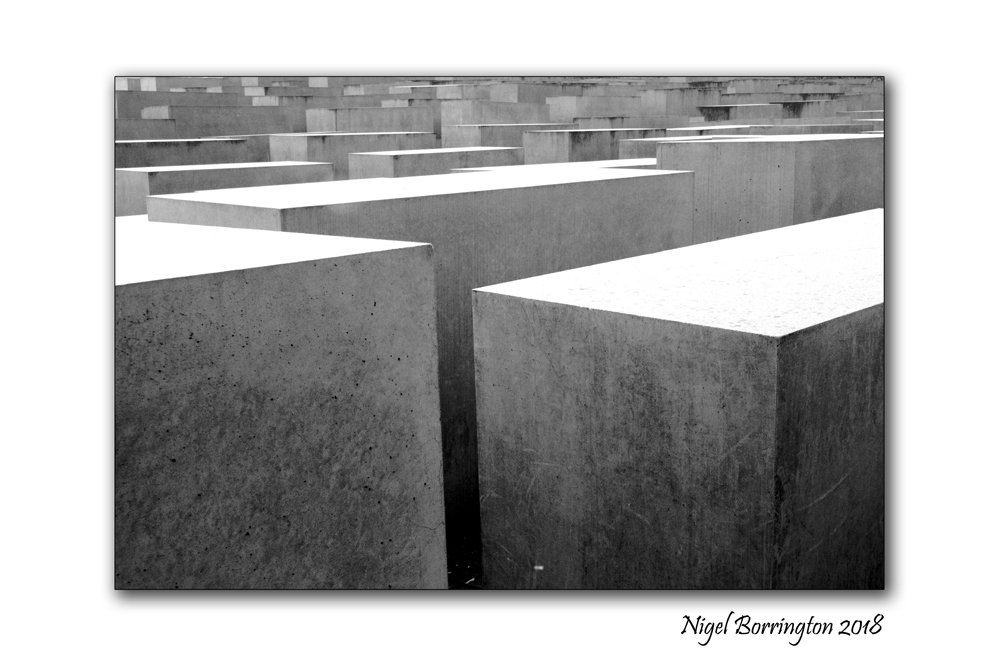

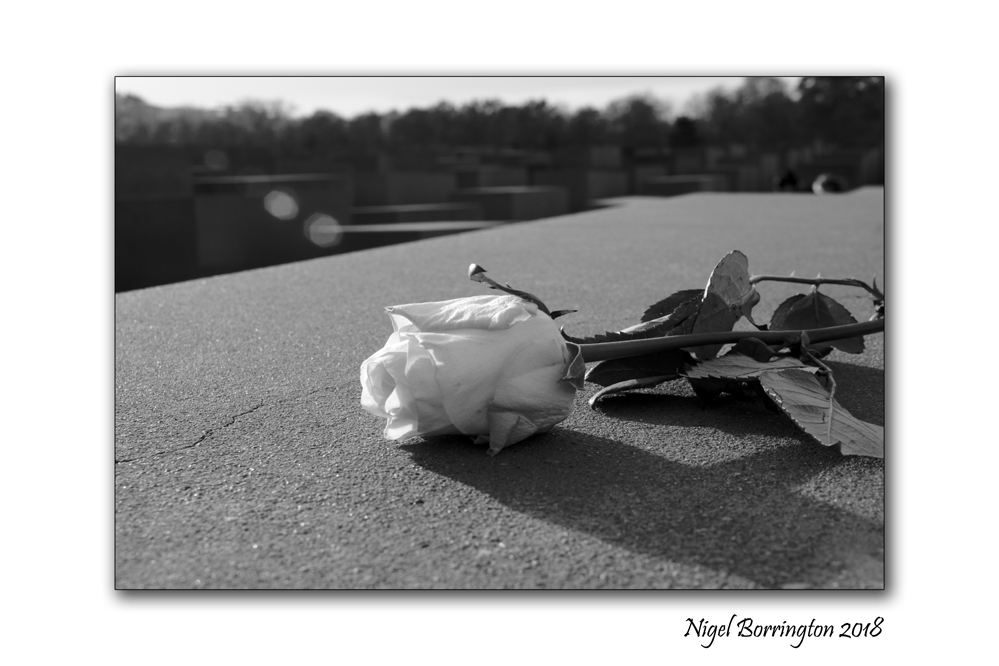







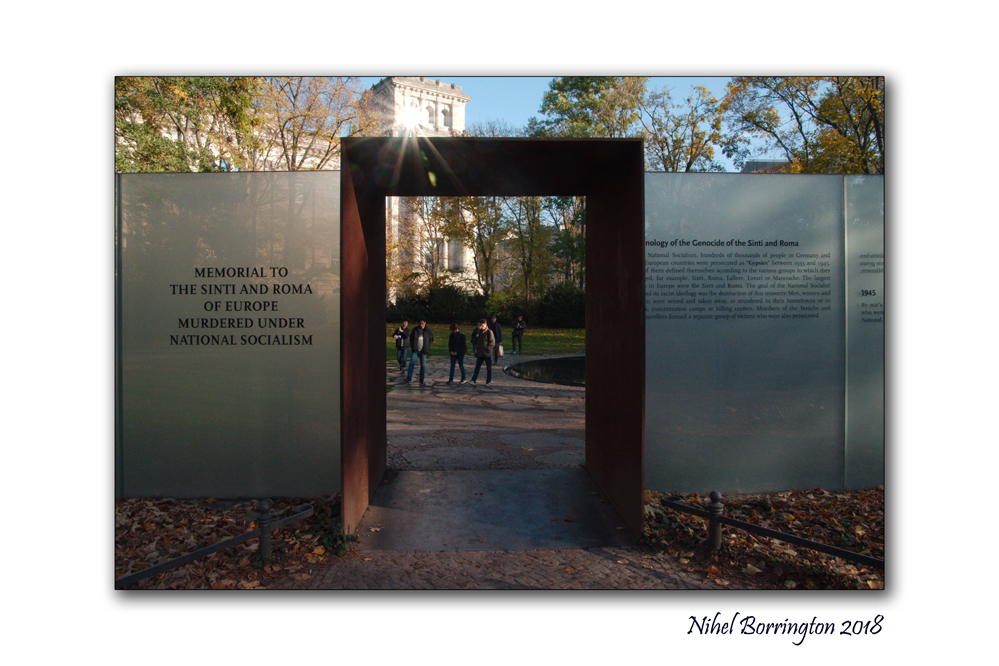












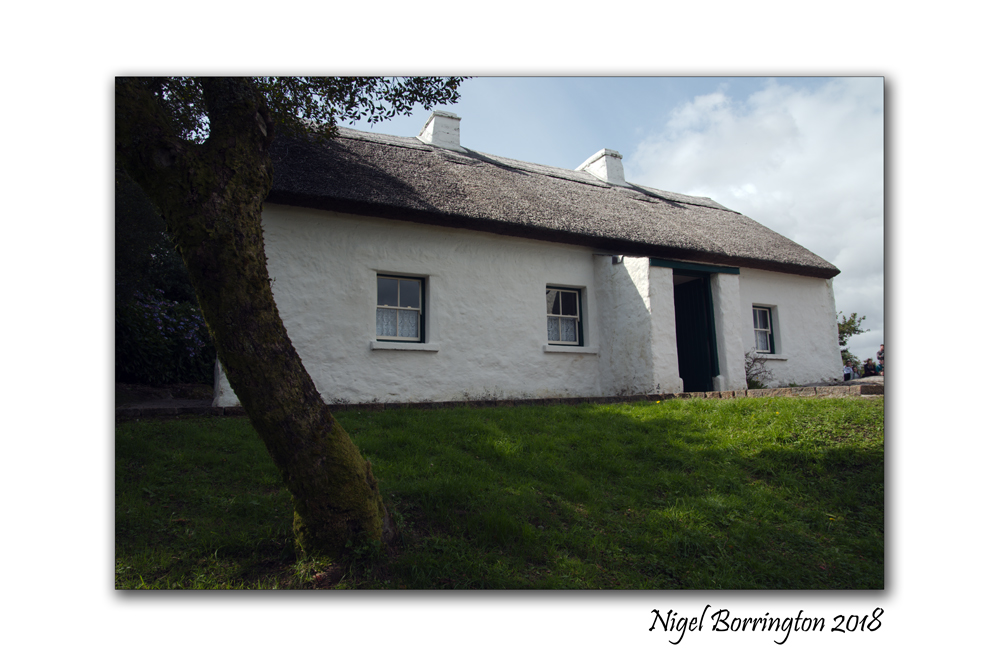


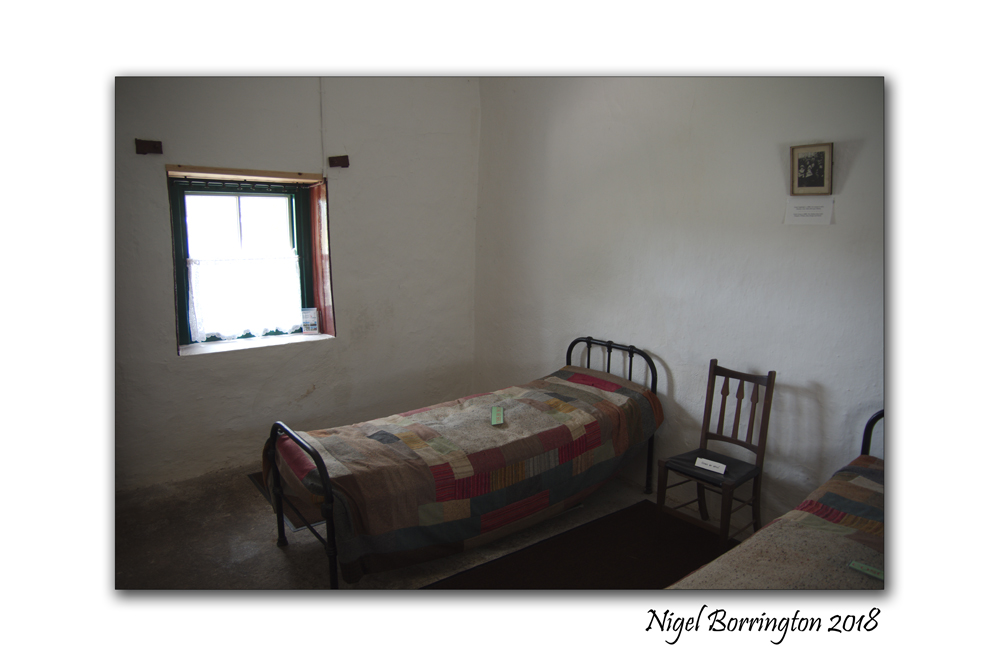





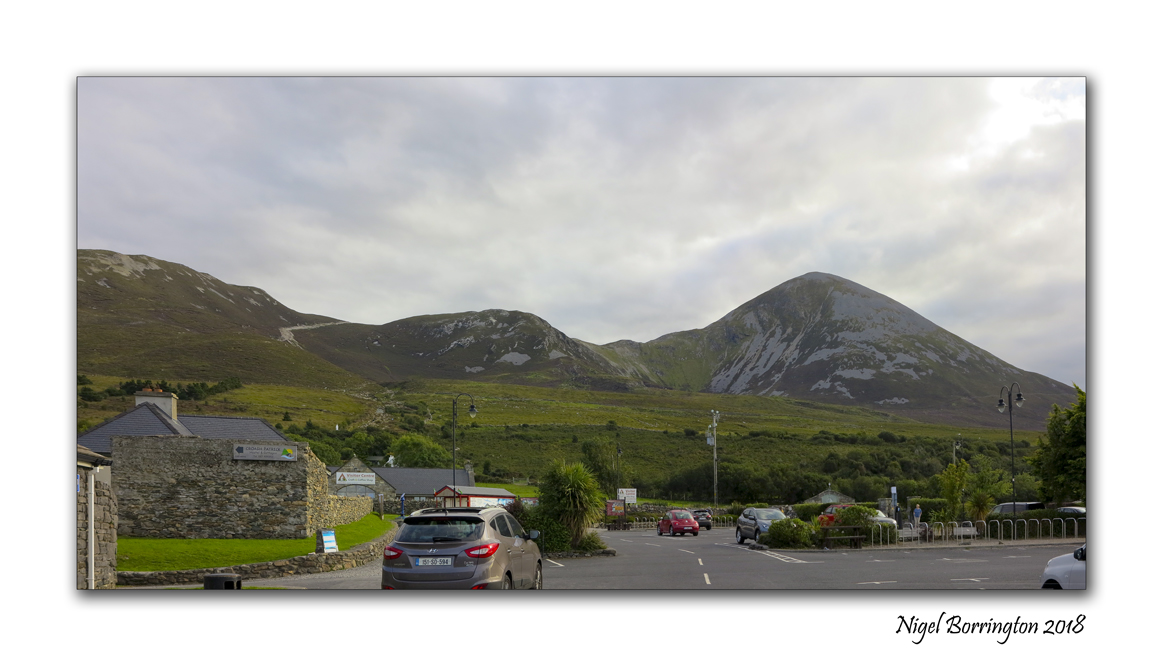


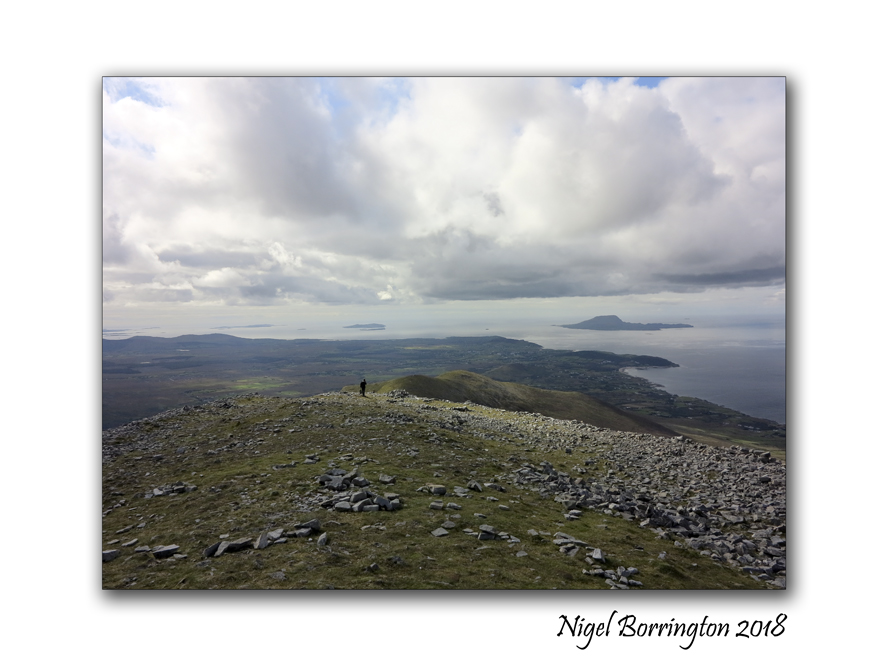
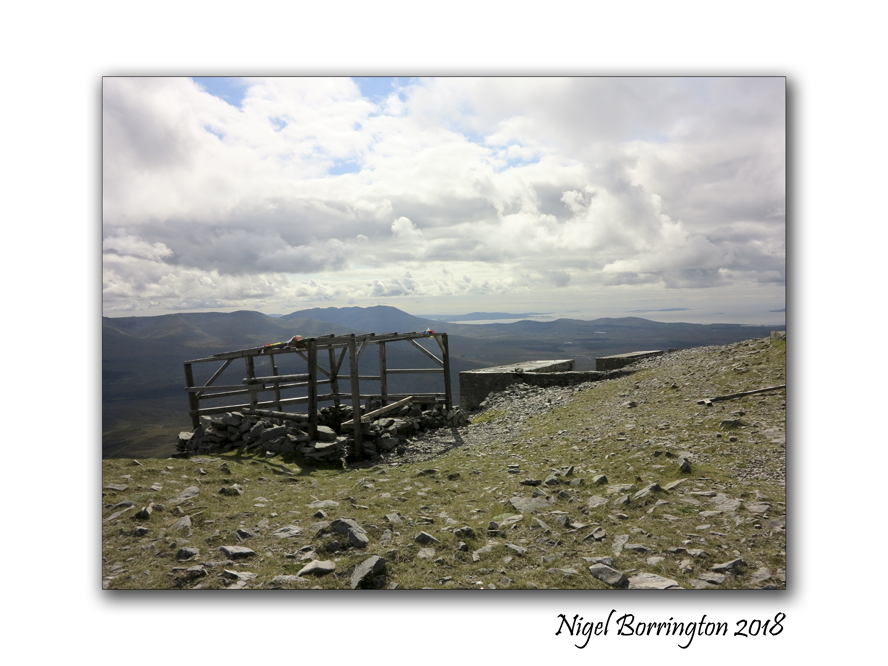
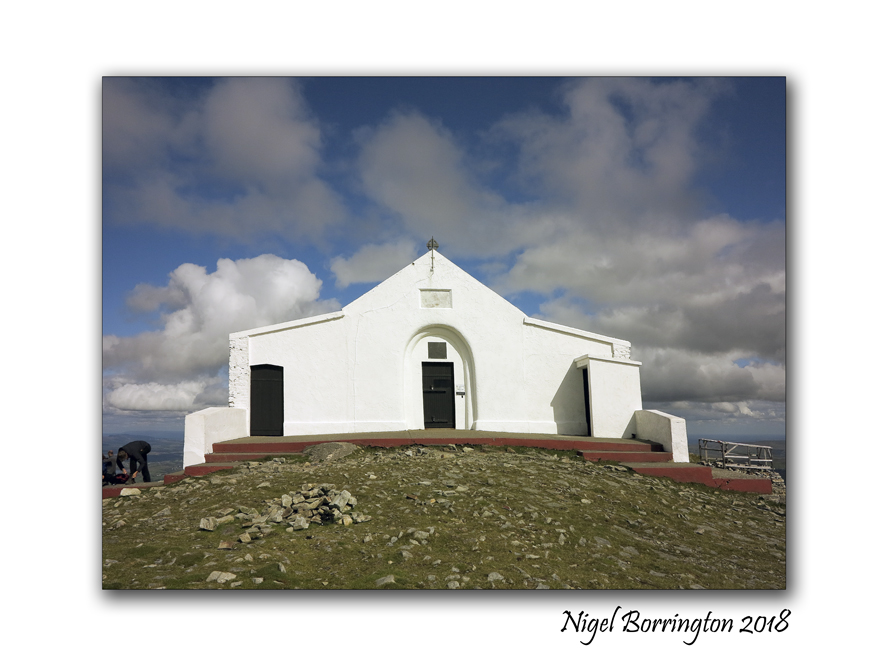


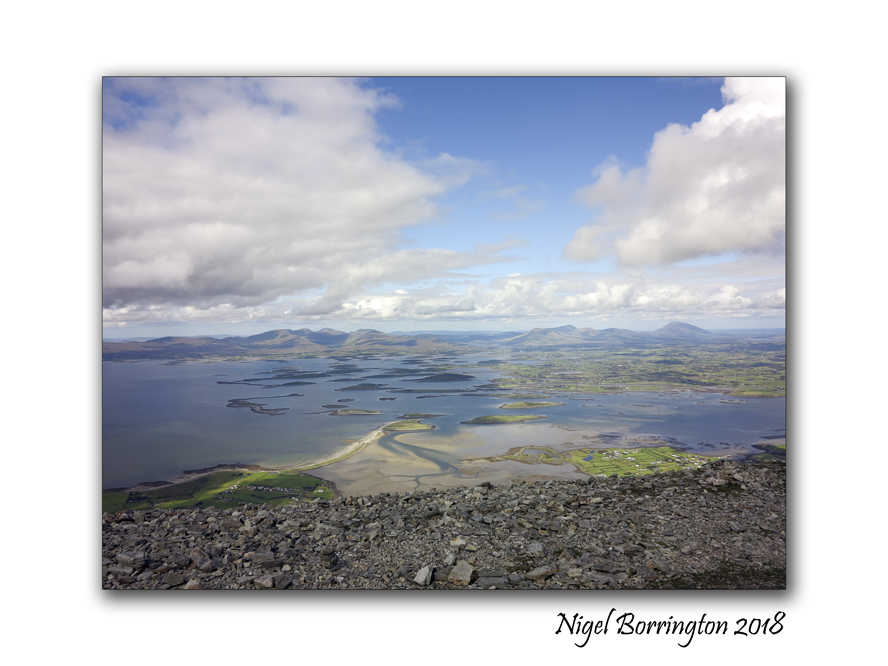
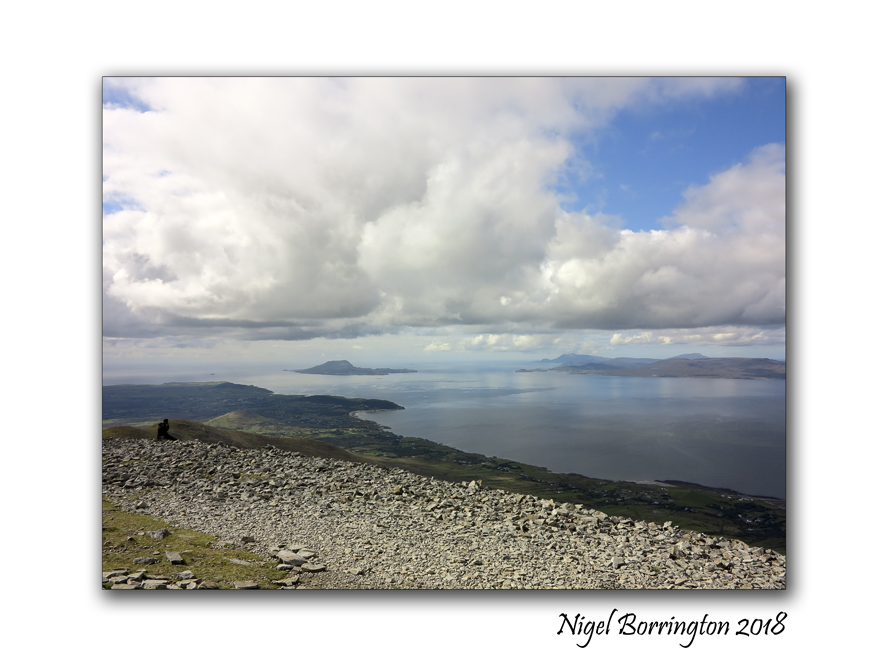
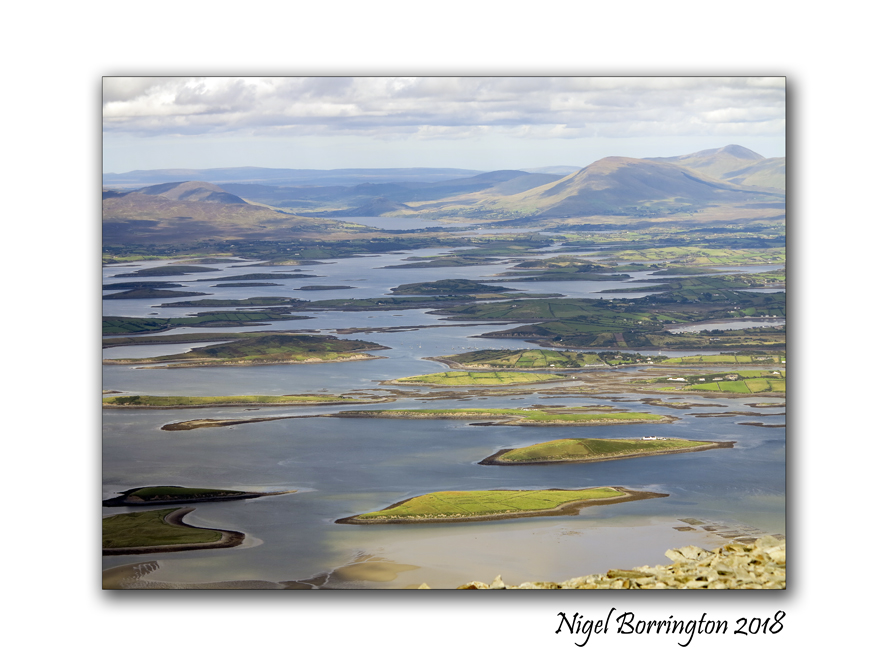


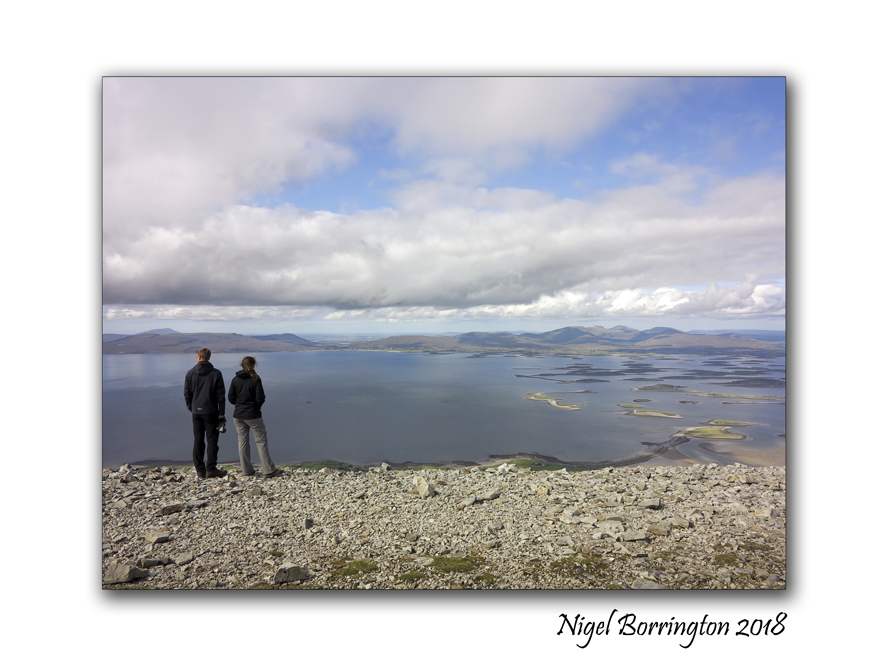

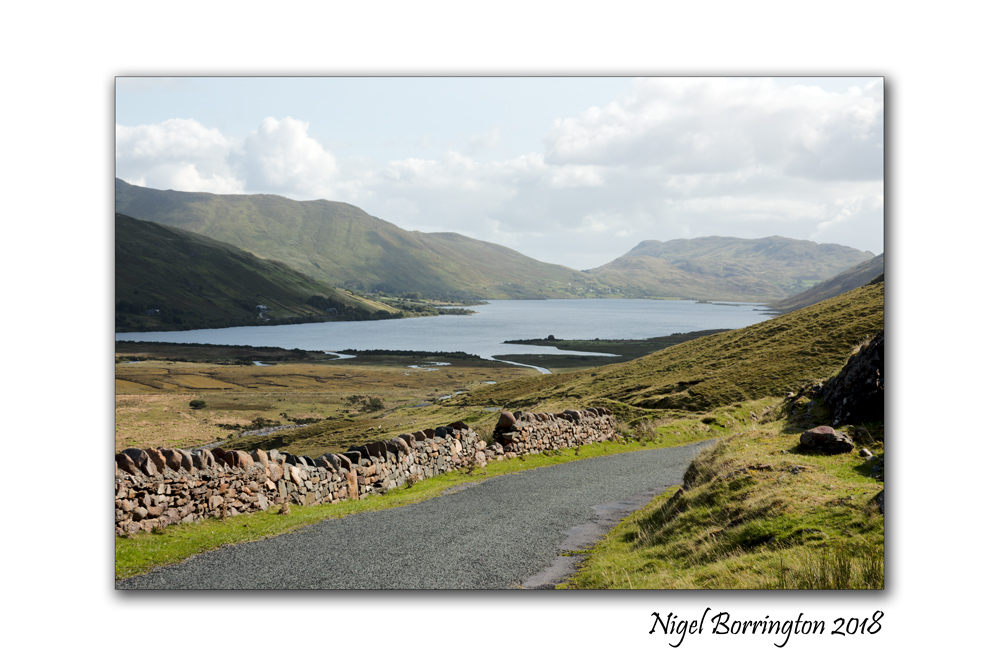
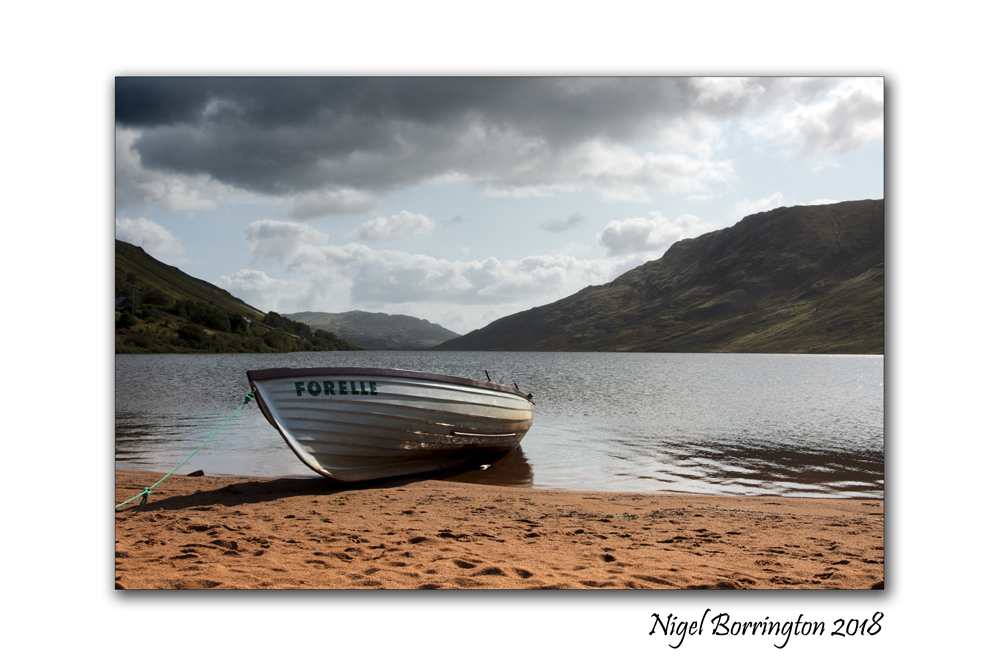

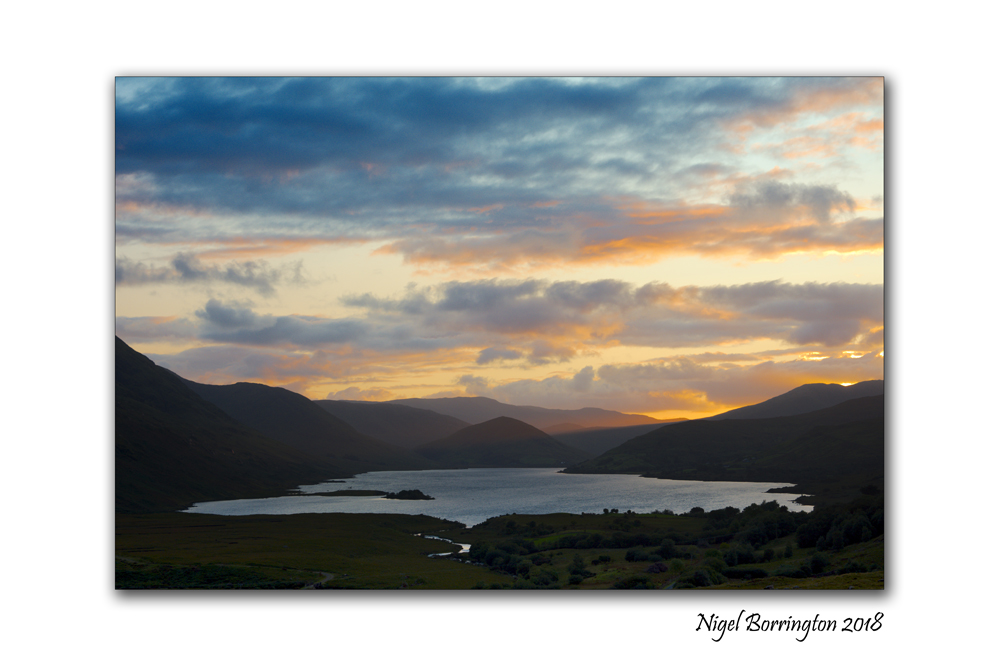







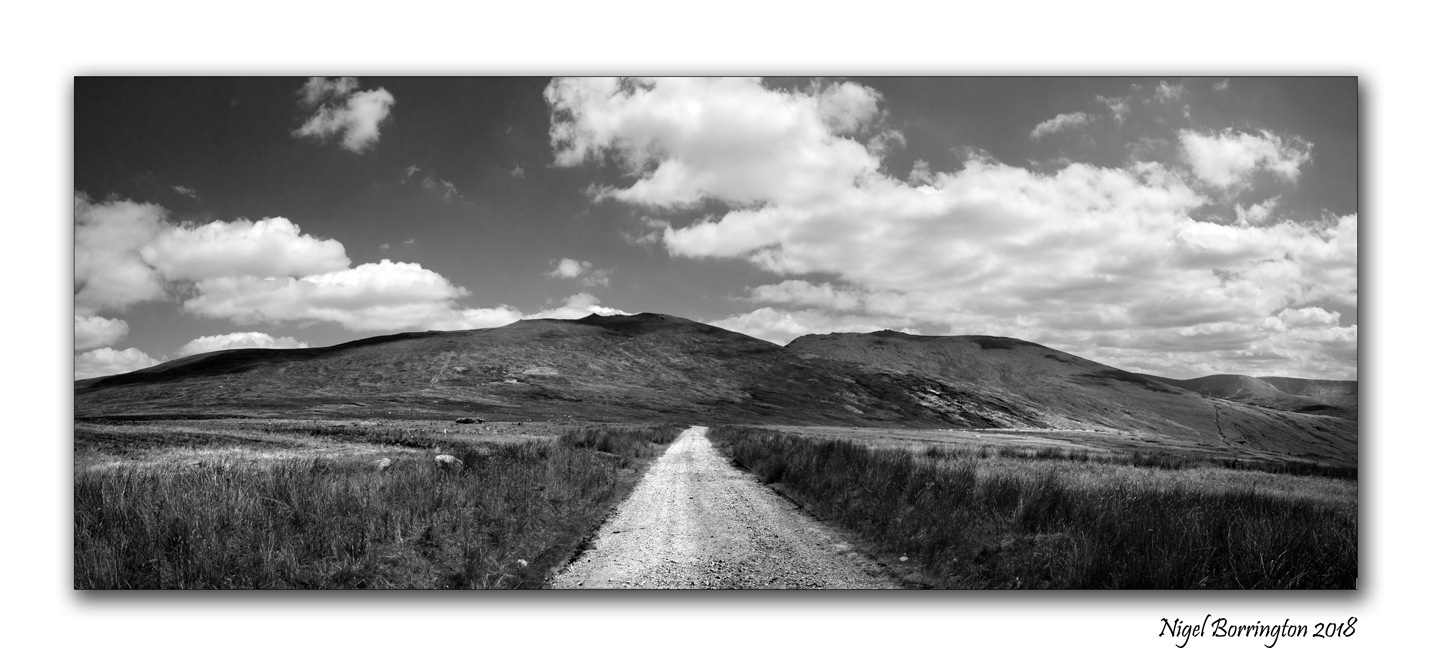
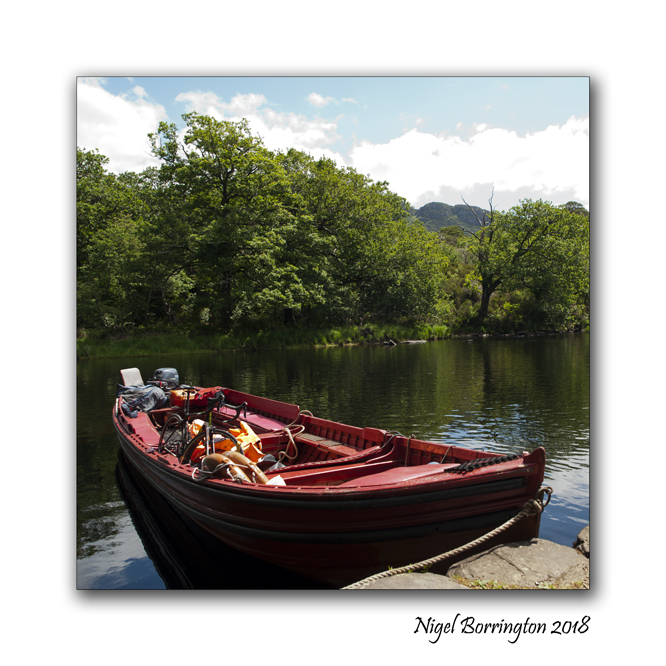

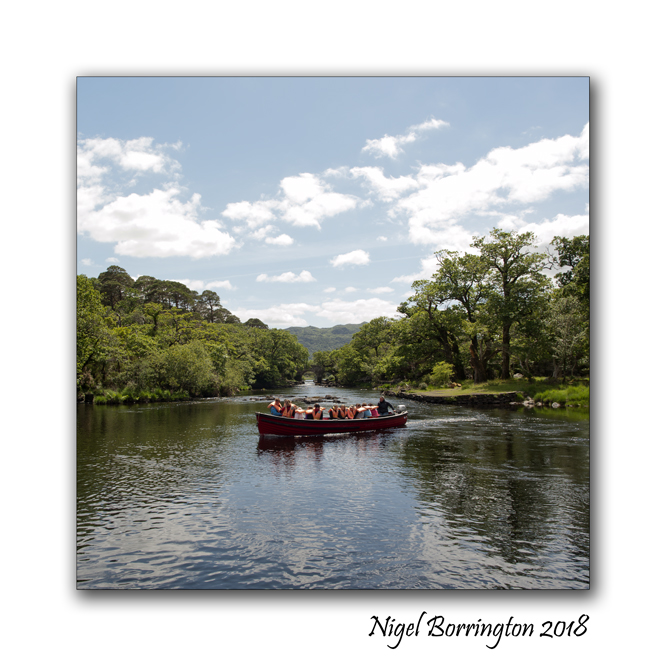
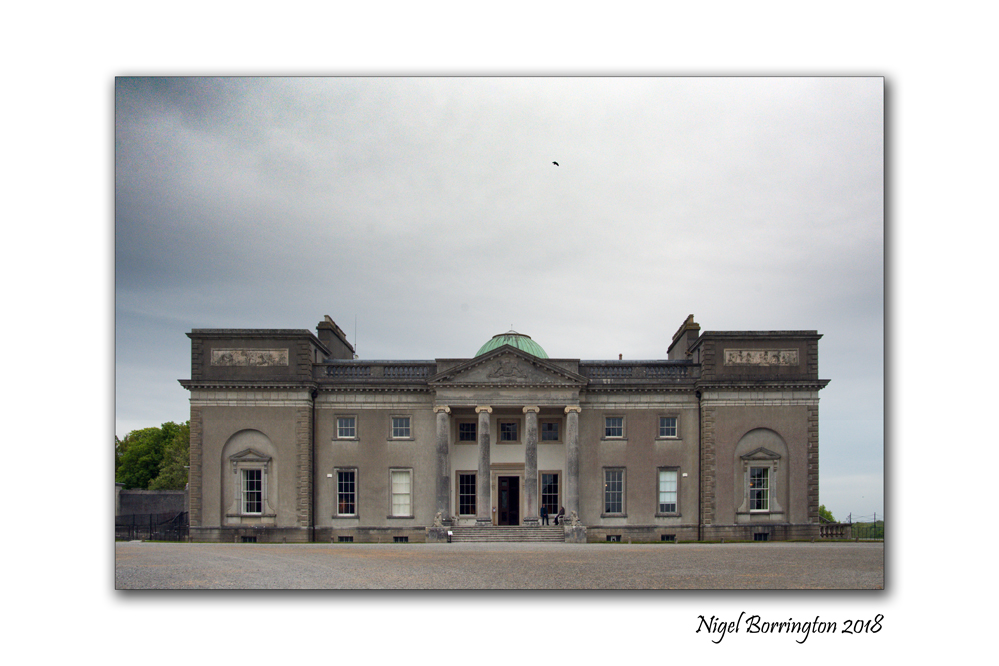


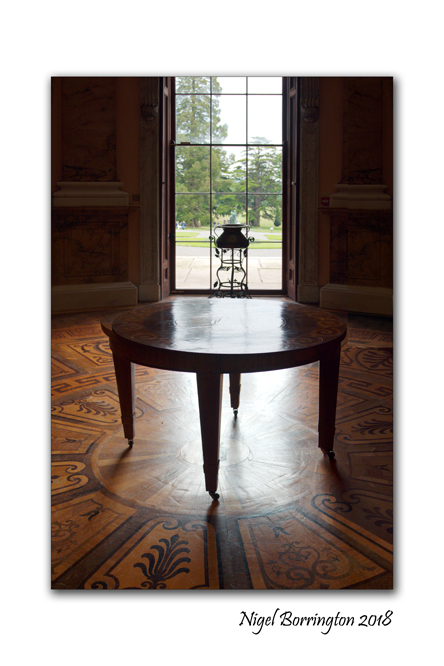







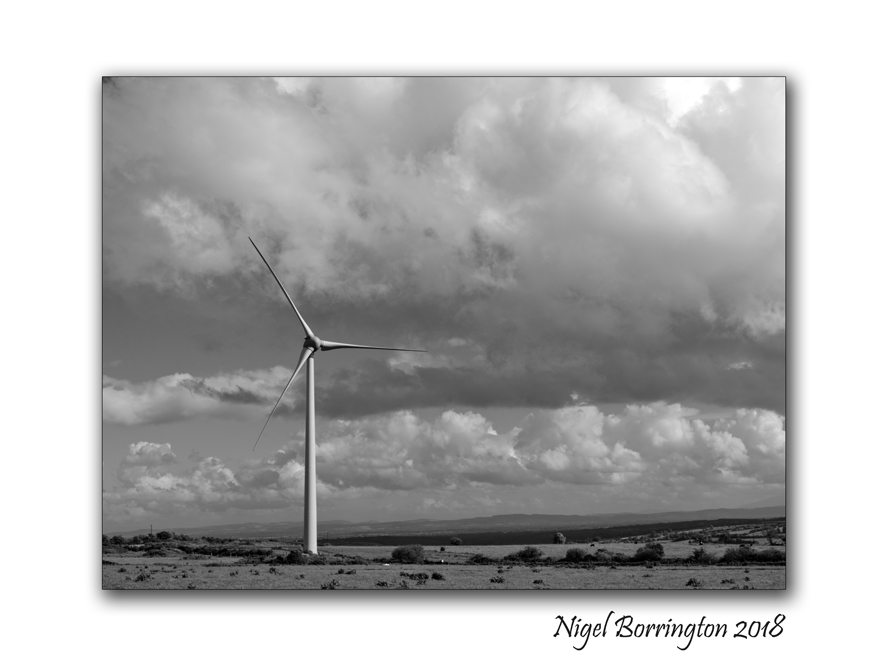


Brandenburg Gate, Berlin, Germany, 14 facts you most likely never knew.
Brandenburg Gate
Berlin
Germany
November 2018
The Brandenburg Gate is a military monument that has come to symbolize peace and unity. Here are a few facts about the iconic monument that you probably won’t know.
It’s one of the most iconic scenes of recent German history: Hundreds of thousands of people celebrating before the Brandenburg Gate as the Berlin Wall fell on November 9th 1989.
The Gate has now come to represent German unity and freedom since the end of the Cold War and divided country.
Not only is it “a symbol of the German-German divide”, but it also “stands for the reunification” of East and West Germany in 1990. Despite being heavily damaged in the Second World War, the Gate has withstood the test of time.
Today, people from all over the world link the Brandenburg Gate with freedom, tolerance and cosmopolitanism
But there is far more to the famous landmark than initially meets the eye.
Here are a few facts that you probably didn’t know about the Brandenburg Gate.
1. August 6th 1791 – that’s when the Gate was opened, after having been commissioned by Friedrich Wilhelm II. The Gate was erected not as a political symbol, but instead for a rather more simple reason – to mark the end of the boulevard Unter den Linden.
2. The Propylaeum of Athens’ Acropolis – that’s what the gate was modelled on.
3. 1806 – that’s when the Quadriga (the sculpture of the horse-drawn chariot on the top of the Gate) was stolen by Napoleon’s soldiers and taken back to France as a victory trophy. But after Napoleon was defeated, the Quadriga was returned to Berlin.
4. January 30th 1933 – that’s when the Nazis held a torchlit procession through the Gate to celebrate Hitler’s seizure of power.
5. 1945 until 1957 – that’s when the Soviet flag was flown on the top of the Gate. However, the flag was ripped down during the peaceful protests on June 17th 1953, when demonstrators protested against the political and economic conditions in the GDR.
6. June 12th 1987 – that’s when the then-US President Ronald Reagan made his rousing speech before the Gate, exclaiming, “As long as this gate is closed […] it is not the German question alone that remains open, but the question of freedom for all mankind […] Mr. Gorbachev, open this gate! Mr. Gorbachev, tear down this wall!”.
7. December 1989 – that’s when the Gate was opened as a border crossing by West German Chancellor Helmut Kohl and East German Premier Hans Modrow.
8. 2000 until 2002 – that’s when the Gate was renovated by Berlin’s Foundation for the Protection of Monuments, costing a massive 6 million Euros.
9. 4000 – that’s the number of counter-demonstrators who gathered to prevent 300 supporters of the anti-Islam group Pegida from marching from the city hall to the Gate on January 5th 2015. In addition, all the lights at the Gate were switched off.
10. 26 metres – that’s the height of the the Gate, which is made up of six Doric columns on either side, supporting a transverse beam 11 metres deep. There are five walkways through the gate.
11. 130,000 – that’s the number of people who gathered at the Gate following the attacks on an Orlando gay club last year. The Gate was lit up in rainbow colours to commemorate the 49 victims.
12. The luxury Adlon Hotel, the French and the US embassies – those are the buildings which surround the Gate, in its prime location at Pariser Platz, otherwise known as Berlin’s “gute Stube” (“best room”).
13. The Märkisches Museum in Berlin – that’s where you can see the horse’s head from the Quadriga sculpture.
14. About a million – that’s the number of people who flock to the Gate every year for its famous New Year’s Eve party, complete with music and fireworks.
Share this:
December 14, 2018 | Categories: Berlin, Cityscape, Comment, Gallery, Travel Locations | Tags: 14 Facts, Berlin, Brandenburg Gate, Germany, Nigel Borrington | Leave a comment